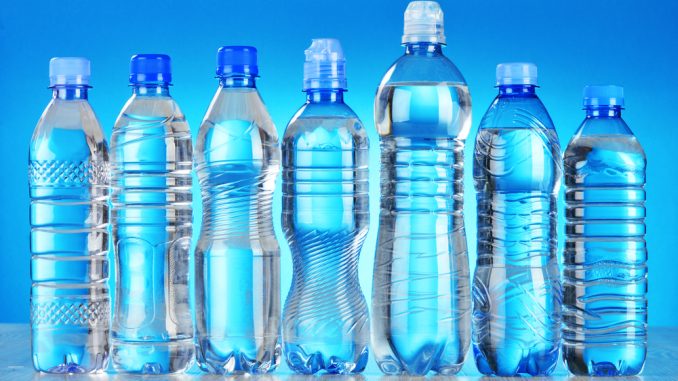
In our search for obesity triggers, hormones and chemicals that mimic hormones deserve attention:
BPAs
Birth-control hormones
Something that affected children starting around 1960 and triggered at puberty
Bisphenol-A (BPA) is a clear, hard plastic used to make bottles, line cans, and produce paper receipts. It came into wide usage in the 1960s, a bit early for the bump in obesity, but timely if you consider the possibility that effects on children exposed during childhood might be triggered at puberty.
In 1992 a chance discovery in a laboratory indicated that BPA can also mimic estrogen hormones (a process known as endocrine disruption), and the human body can transform it into other compounds that have been linked to obesity in humans and animals.
BPA has been deemed safe at low levels by the Food and Drug Administration, but remains controversial– particularly in applications where it might leach into food or come in contact with infant formula (such as in baby bottles). Banned in a number of European countries, alternatives to BPA are being phased in in many applications.
Nonetheless, BPA was around for a long time, and plastics are notoriously difficult to eradicate from the environment. The obesity epidemic is far from over.
And speaking of hormones, the rise of hormonal birth control methods began in the 1960s and were made available to all citizens regardless of marital status in 1972. Low-dose versions became available during the 1980s, with alternate delivery methods including injections and condoms following in the 1990s.
The ready availability of hormonal products created vectors for dispersal of the chemicals into the environment, again raising the spectre of endocrine disruption in the general populace.
As potent as chemicals and hormones are, however, there is one final category that could be contributing to the obesity crisis…
